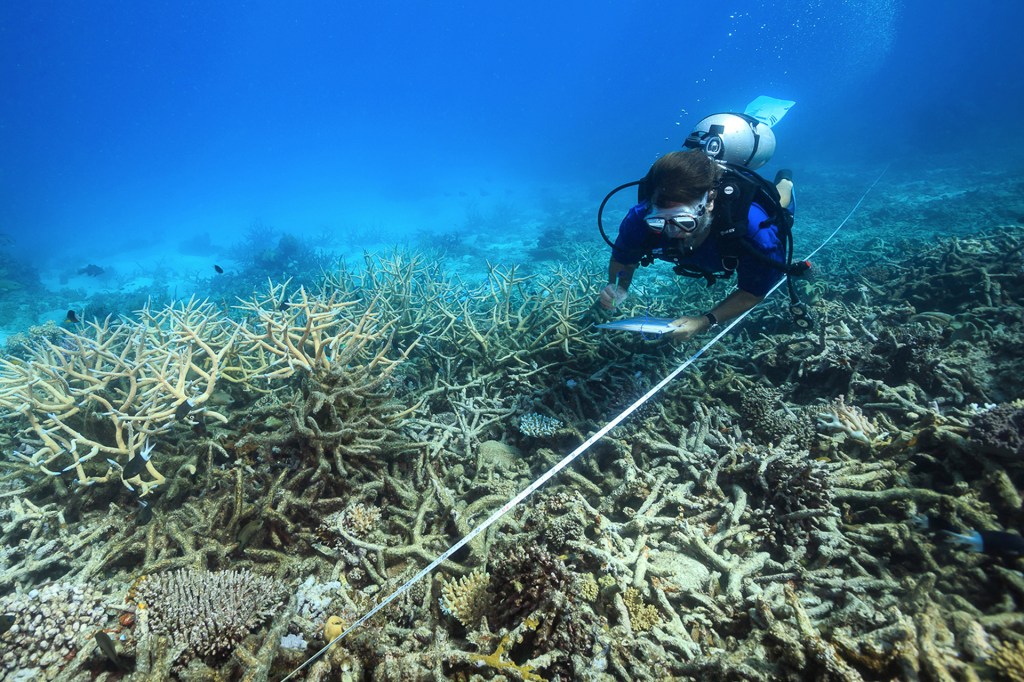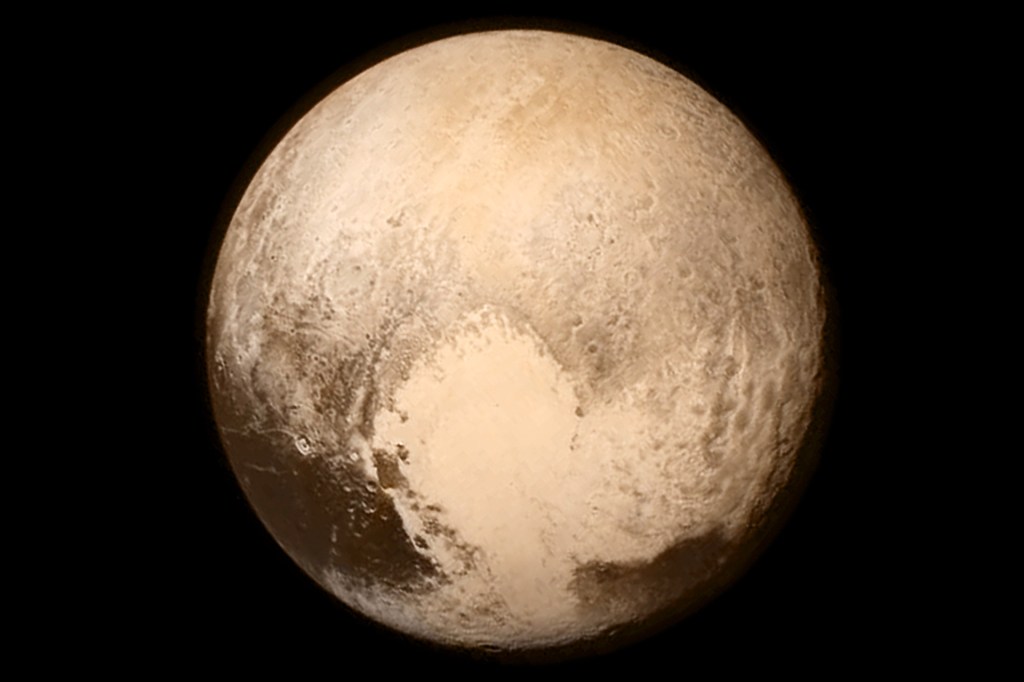The Battle for Coral Reefs

Half of the world’s coral reefs have died in the last 30 years. The fight to save the remaining reefs just got more complicated. New research shows that even if people succeed in protecting reefs from pollution and overfishing, global warming remains a deadly threat.
The researchers published their study in the journal Nature. They looked at data from recent bleaching events in the Great Barrier Reef, off the coast of Australia. Bleaching causes corals to lose their color and, often, to die. Several factors contribute to bleaching: warm water temperatures, pollution, and overfishing.
The bleaching events in the study were caused largely by rising water temperature. The researchers found that local efforts to improve water quality and stop overfishing did not increase the reefs’ chances of survival.
Researchers say the results of the study highlight the importance of fighting global climate change. Reefs could become extinct if temperatures continue to rise at the current rate.
Corals look like rocks, but they are tiny animals. The creatures can exist alone or in large colonies. They form a hard outer shell. When they die, their skeleton is left behind and more coral builds on it. Colonies form reefs. They are home to one in four marine species. Reefs also serve as barriers that protect coastlines from the full force of powerful storms.
“Bleaching has become the new normal,” says one of the study’s authors, Terry Hughes. He is the director of the ARC Centre of Excellence for Coral Reef Studies.
A group of scientists unconnected to the new study is taking action. Their project, 50 Reefs, focuses on protecting a few reefs that are less vulnerable to climate change. But Hughes says there’s still time to save the world’s remaining reefs.
“If temperatures keep rising, we’ll see bleaching on most reefs around the world,” he says. “[But] we still have a narrow window of opportunity to save all of the coral reefs.”













